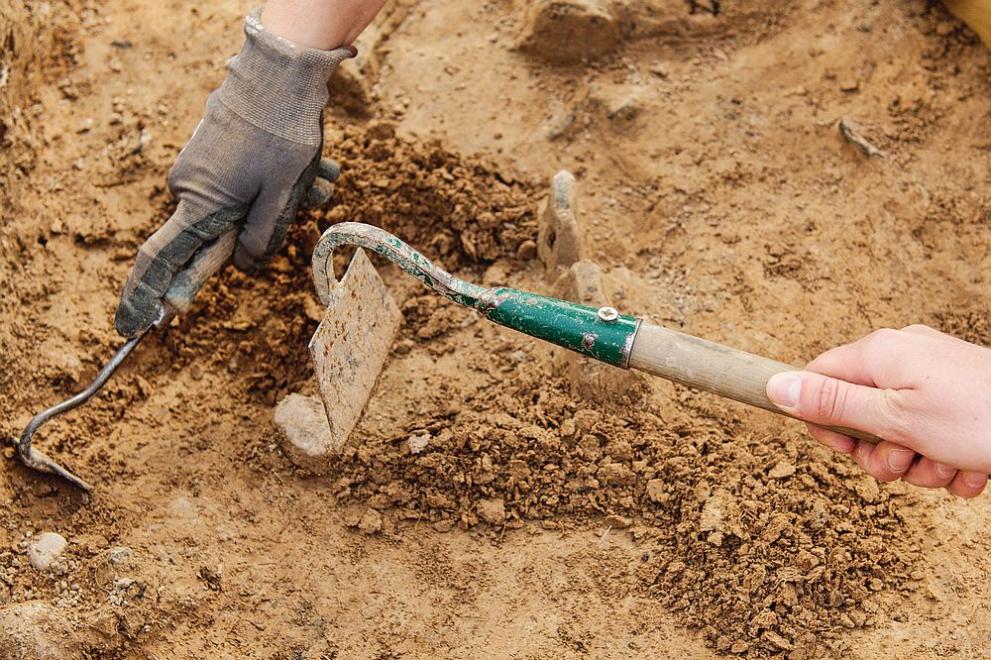During excavations in the German state of Saxony-Anhalt, archaeologists discovered the foundations of the church “St. Radegund”, which played an important role in the era of the first ruler of the Holy Roman Empire Otton I the Great, Deutsche Welle reported.
The temple was located on the territory of today’s Helft, part of the town of Eisleben. Project leader Felix Biermann described the building as a “miniature cathedral” on a hill more than 30 meters long and 20 meters wide, with three naves and a transept.
The foundation stone was laid before 968, according to documents from that era. In the 10th century, this temple also served as an imperial palace – one of the residences or royal palatines. It is documented that Emperor Otton I and his son Emperor Otton II stayed there.
The cruciform basilica has stood on the hill for about 500 years, of which the last two centuries have been a place of worship. The building was destroyed during the Reformation. Arable land appeared on the site of the church. Since then, the location of the magnificent building has remained unknown for centuries. It was discovered thanks to geophysical research only in 2009 in an inconspicuous corn field on the territory of the current diocese of Magdeburg.
Archaeologists have already found many graves near the base of the temple. Experts emphasize the very good preservation of bones. Remains of the former decoration of the church were also found, as well as a large fragment of the church bell.
Among the finds are an enameled bronze crucifix made in the 13th century in the city of Limoges in southwestern France, coins, clothing clasps, traditional costumes, pieces of pottery and other items.












